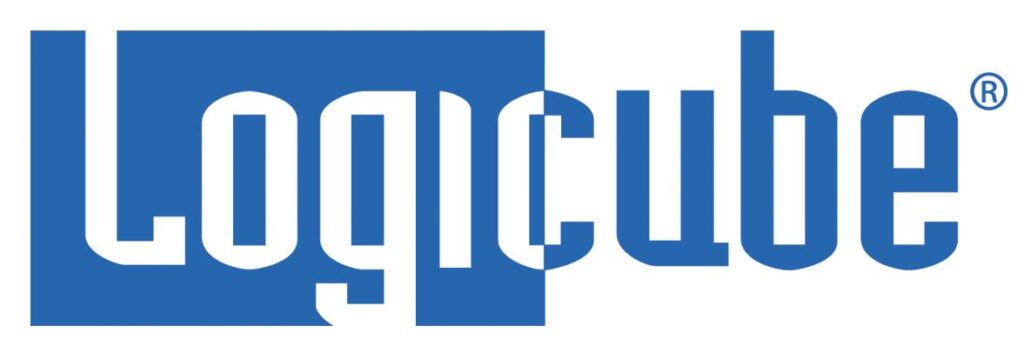The threats to critical infrastructure in the U.S. and elsewhere are so plentiful that even trying to enumerate them is futile (and not a bit depressing). But – if we were to rank them in order of importance – what would be at the top of that list? Clearly, as this blog has noted, software security is a major concern. Recently, the Industrial Control System CERT (ICS-CERT) warned about a sophisticated malware campaign targeting users of HMI (human-machine-interface) technology from leading vendors. In at least some cases, the systems targeted were exposed directly to the Internet, making compromise simple. In other cases, industrial control system software is deployed with default administrator credentials, or easy to guess passwords. In other words: while some attackers are persistent and clever, many critical infrastructure owners make their job pretty easy. So, perhaps, its not software insecurity that belongs at the top of the list, […]
Malware
U.S. Weather Systems Victims of Cyber Attack
The Washington Post is reporting that hackers from China breached the network of the National Oceanic and Atmospheric Administration (NOAA) in September, forcing cyber security teams to seal off data vital to disaster planning, aviation, shipping and scores of other crucial uses. The article cites sources within the government and Congress. The intrusion occurred in late September. However, NOAA officials gave no indication that they had a problem until Oct. 20, according to three people familiar with the hack and the subsequent reaction by NOAA, which includes the National Weather Service. According to the report, NOAA officials believe that actors based in China are responsible for the attack. The report also claims that efforts to respond to it resulted in an interruption in some key services, including NOAA’s National Ice Center Web Site, a partnership with the U.S. Navy and U.S. Coast Guard to monitor conditions for navigation. That two-day outage skewed the accuracy […]
Discrete Malware Lures Execs At High-End Hotels
Kaspersky Lab has a fascinating write-up of malware it is calling “DarkHotel.” The information-stealing software is believed to target traveling executives. Curiously, Kaspersky says the malware may be almost a decade old and is found only on the wireless networks and business centers of select, high-end hotels. Reports about targeted attacks on traveling executives are nothing new. However, the Kaspersky report (PDF version here) may be the most detailed yet on a specific malicious software family that is devoted to hacking senior corporate executives. According to Kaspersky, the DarkHotel malicious software maintained a presence on hotel networks for years, with evidence of its operation going back as far as 2007. The malware used that persistent access to target select hotel guests, leveraging check-in/check-out and identity information on guests to limit attacks to high value targets. Targeted guests were presented with iFrame based attacks that were launched from the hotel’s website, […]
Study Reveals (Sad) Psychology of Facebook Scam Victims
Bad is good enough, according to a study of over 850,000 Facebook scams by the antivirus software provider Bitdefender. (PDF version of the report is here.) The two-year study of Facebook scams in the UK, the US and Europe found that a short list of lame, repackaged tricks are a well that never runs dry: fooling Facebook users by playing on their curiosity, vanity or naiveté. Almost half of social media e-threats prey on users’ curiosity. Far and away the top category of scam on Facebook are ‘profile view’ scams that offer Facebook users the ability to see who has viewed their profile. That ruse accounted for 45% of all scams on the 1 billion strong social network. The scam has been linked to malicious software downloads – often in the form of browser ‘plug-ins’ that promise to reveal Facebook profile views. It works well because it plays on Facebook users curiosity […]
Malware Campaign Against Industrial Systems Almost 3 Years Old
The U.S. Government’s Industrial Control System CERT (ICS-CERT) said on Thursday that a campaign targeting industrial control system (ICS) software began in January, 2012 and targeted industrial systems that were directly connected to the public Internet. ICS-CERT said in an alert published on Wednesday that “HMI” (or Human-Machine Interfaces) products from vendors including GE, Advantech/Broadwin and Siemens may have been infected with variants of the BlackEnergy malware since January, 2012. Infected firms were running versions of the GE’s Cimplicity, Advantech/Broadwin’s WebAccess or Siemens’ WinCC with what ICS-CERT called a “direct Internet connection.” In some cases, as with the GE Cimplicity attacks, hackers exploited a known vulnerability in the Cimplicity software to gain access. In others (as with WebAccess and WinCC) the method by which the software was compromised isn’t known, ICS-CERT said. CERT said it hasn’t documented any cases of control processes being modified by the malware. However, BlackEnergy is typically used […]






